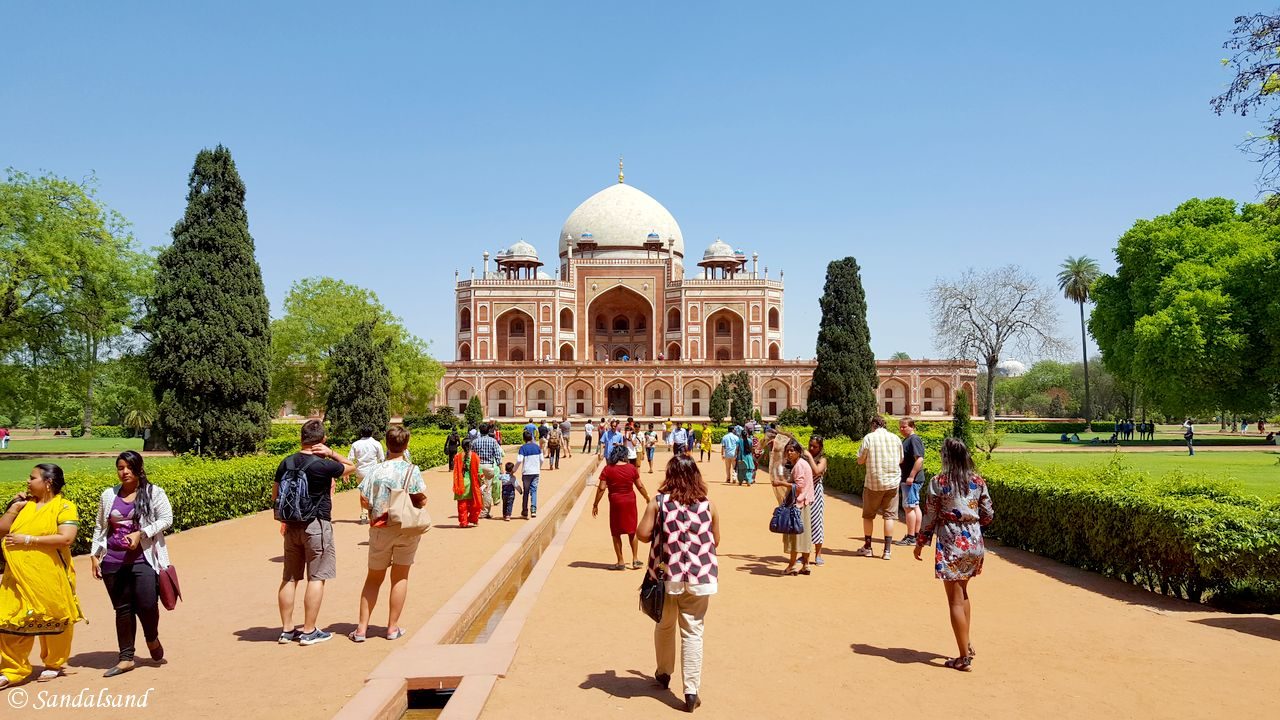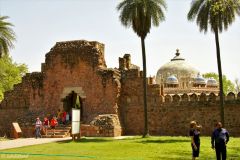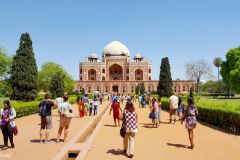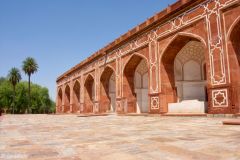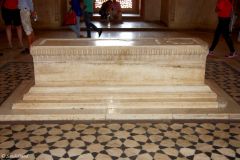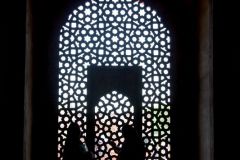There are several important structures within this large complex in Delhi, but none as impressive as Humayun’s Tomb. He was the second emperor of the Mughal Empire.
The UNESCO World Heritage List includes more than a thousand properties with outstanding universal value. They are all part of the world’s cultural and natural heritage.
Official facts
- Country: India
- Date of Inscription: 1993
- Category: Cultural site
UNESCO’s World Heritage Centre’s short description of site no. 232:
Humayun’s Tomb, Delhi is the first of the grand dynastic mausoleums that were to become synonyms of Mughal architecture with the architectural style reaching its zenith 80 years later at the later Taj Mahal. Humayun’s Tomb stands within a complex of 21.60 ha. that includes other contemporary, 16th century Mughal garden-tombs such as Nila Gumbad, Isa Khan, Bu Halima, Afsarwala, Barber’s Tomb and the complex where the craftsmen employed for the Building of Humayun’s Tomb stayed, the Arab Serai.
Humayun’s Tomb was built in the 1560’s, with the patronage of Humayun’s son, the great Emperor Akbar. Persian and Indian craftsmen worked together to build the garden-tomb, far grander than any tomb built before in the Islamic world.
My visit
We were, as I suppose most visitors are, led through the large park from the western entrance. To the right as we approached the gates to the most sacred tomb of all, we noticed Isa Khan’s Tomb first, then Bu Halima’s Tomb to the left. Next the Afserwala Tomb turned up and we finally made our way through the main gate to the square garden surrounding the large tomb, or mausoleum, with the remains of Humayun.
This squared complex with a white dome is situated on top of a high and equally squared terrace. All four sides of the building containing the tomb are similar, meaning they all have the same basic appearance. Just remember which way you entered the garden, because all sides look the same.

